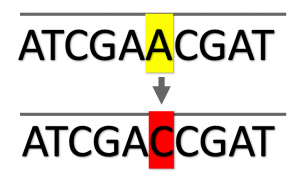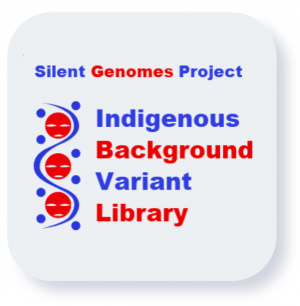"We call upon the federal government, in consultation with Aboriginal peoples, to establish measurable goals to identify and close the gaps in health outcomes between Aboriginal and non-Aboriginal communities…"
Truth and Reconciliation Commission of Canada: Calls to Action, #19

